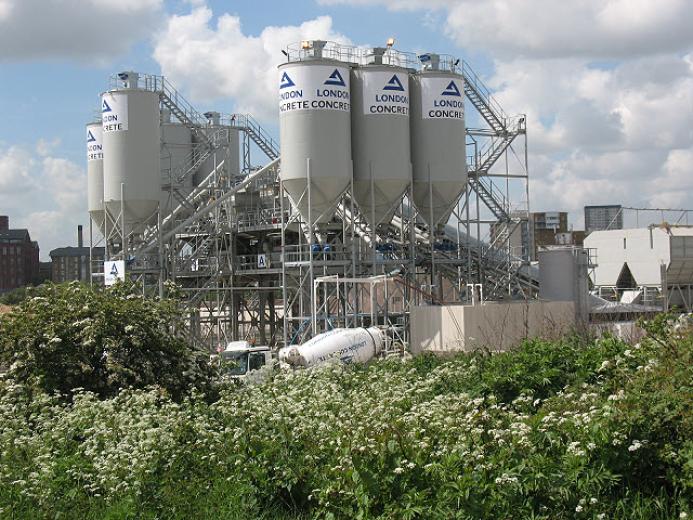Embracing BS 8500
There is no doubt that BS 8500 heralds a seismic shift for the UK’s concrete sector, expanding the possibilities for low-carbon mixes and altering the way designers, contractors, and manufacturers approach concrete construction.
But BS 8500 is more than just another set of guidelines; it’s a catalyst for evolution. Richard Boult, commercial technical manager for cement, Cemex UK, describes it as "transformational for the industry," emphasizing its role in offering a broader spectrum of low-carbon concrete mixes.
BS 8500 introduces the inclusion of additional Portland-composite cements (CEM II/C-M) and other composite cements (CEM VI). This opens the door for scalable, low-carbon options, poised to become the default choice in the industry. The amendments cover various aspects, including properties of fresh and hardened concrete, composition limitations, delivery procedures, and conformity criteria.
However, BS 8500 doesn't just mark a change; it replaces outdated standards, creating a more adaptable framework. Mark Hickingbottom, commercial director at Aggregate Industries, has praised the revised standard as a "significant advancement for the construction industry." The updated BS 8500 not only broadens the array of low-carbon concrete mixes but positions the industry at the forefront of sustainable practices.
While the industry has eagerly anticipated BS 8500, its arrival is a game-changer. The proactive stance of industry leaders such as Cemex and Aggregate Industries reflects their readiness to embrace change. Richard Boult's statement encapsulates the anticipation: "BS 8500 has been long awaited and will be transformational for the industry."
As with any paradigm shift, however, there are pros and cons.
The standard's emphasis on low-carbon options aligns with the industry's global goals for sustainability. Lex Russell, managing director, Cemex UK Materials, highlights how the amendments support their ambitious goal for net-zero CO2 by 2050.
However, the transition comes with the need for adaptation. Industry players must now familiarize themselves with the updated criteria, ensuring a seamless integration of low-carbon concrete into their practices.
BS 8500's influence extends beyond individual companies. It has the potential to reshape the UK's domestic concrete market, making sustainable practices more accessible. Mark Hickingbottom notes that the revised standard positions Aggregate Industries at the forefront of a sustainable shift, emphasizing collaboration with industry partners to drive innovation.
There is no doubt the introduction of BS 8500 is not just a change in standards; it’s also a declaration of intent for a more sustainable, environmentally conscious concrete industry. As leaders like Cemex and Aggregate Industries welcome this evolution, the UK construction sector is poised for a future where low-carbon concrete is not just an option but a standard practice.
Comments
Comments
You can find the articles here: https://www.concreteconnect.co.uk/news/new-british-standard-for-concrete-welcomed
And here: https://www.concreteconnect.co.uk/news/new-concrete-recipe-to-help-decarbonisation
This looks like being a hot topic of debate at the Concrete Show and our seminar program will no doubt be covering this and other important issues (more info here: https://concreteshow.co.uk/seminars). If you're planning on visiting, drop by the Concrete Connect/QMJ stand and say hello.
For the full technical guidance, please visit British Standards Institution (BSI): https://www.bsigroup.com/en-GB/industries-and-sectors/construction-and-building/bs-8500-concrete-complementary-british-standard-to-bs-en-206/










- Reply
Permalink